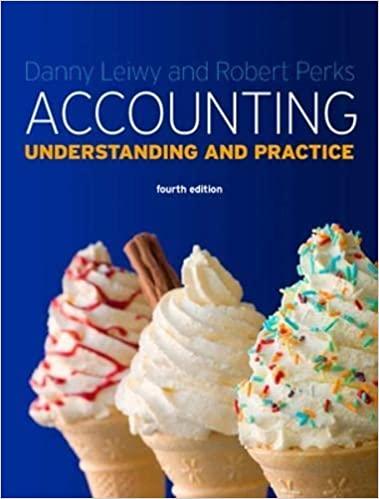Question
The file Fees15.csv includes data about audit fees paid by public companies for fiscal year 2015 (Note: This could include companies with fiscal year ends
The file Fees15.csv includes data about audit fees paid by public companies for fiscal year 2015 (Note: This could include companies with fiscal year ends up to March 31, 2016 or even a little later). This file also incudes data about CIK, SIC code, ASSETS, auditor type (Big 4 or not), and Fiscal year end of the companies. First, create a subset called fin that will include ONLY financial sector clients. The command in R Studio is fin <- subset(Fees15, SIC < 7000 & SIC > 5999) Notice the command to create the fin dataset. We want only those clients with SIC codes from 6000 to 6999. So, the first part says SIC < 7000 while the second part says SIC > 5999. The & is for AND command. So, both conditions, SIC < 7000, and SIC > 5999 have to be satisfied before an observation is included in the new subset. This way, we only get companies with SIC codes between 6000 and 6999. Then, proceed as before and do a linear model regression for audit fees of public companies in the financial sector. The audit fee model is: LN(FEES) = + 1*LN(ASSETS) + 2*BIG4 One way to run such a regression in R Studio is as follows: ff <- fin$FEES af <- fin$ASSETS LFF <- log(ff) LFA <- log(af) B4F <-factor(fin$BIG4) resultsf <-lm(LFF~LFA+B4F) summary(resultsf) Assignment: What is the predicted audit fees for a bank with $500 million in assets? How does this number compare with the predicted fee if we used the full dataset (i.e., the entire sample of 4426 observations without deleting the non-financial companies)? (Recall that we did this earlier, and you have the regression results from the full sample.)
Step by Step Solution
There are 3 Steps involved in it
Step: 1

Get Instant Access to Expert-Tailored Solutions
See step-by-step solutions with expert insights and AI powered tools for academic success
Step: 2

Step: 3

Ace Your Homework with AI
Get the answers you need in no time with our AI-driven, step-by-step assistance
Get Started


